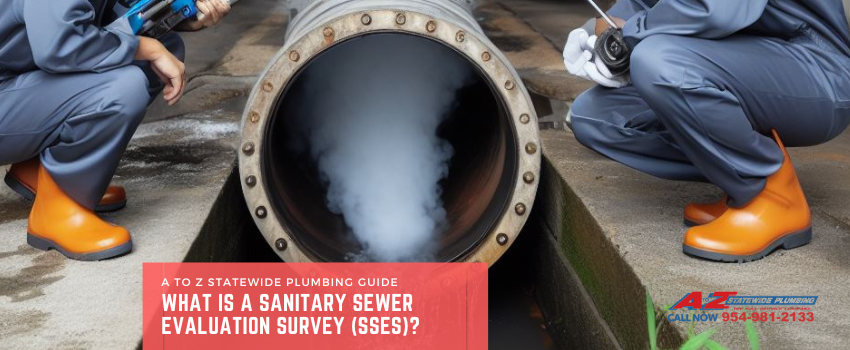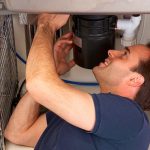
A Sanitary Sewer Evaluation Survey (SSES) is a comprehensive assessment and analysis of a municipal or industrial sanitary sewer system. It is conducted to evaluate the condition, performance, and capacity of the sewer infrastructure, as well as to identify any problems, defects, or areas of concern within the system. The primary objectives of an SSES are to ensure the proper functioning of the sewer system, prevent sanitary sewer overflows (SSOs), and maintain compliance with environmental regulations.
Here’s a breakdown of what an SSES typically involves and who might need one:
1. Visual Inspection and Assessment: SSES often starts with a visual inspection of sewer pipes, manholes, and other components to identify visible defects, blockages, corrosion, and structural issues. This step helps in assessing the overall condition of the system.
2. Flow Monitoring: To understand the flow characteristics and patterns within the sewer system, flow monitoring devices may be installed at key locations. This data helps in identifying areas prone to surcharge or backups.
3. Smoke Testing: Smoke testing involves injecting non-toxic smoke into the sewer system to locate leaks, improper connections, or illegal discharges into the sanitary sewer. This helps identify sources of inflow and infiltration.
4. Dye Testing: Dye testing involves introducing a colored dye into the sewer system to trace the flow and identify cross-connections with stormwater systems or other inappropriate connections.
5. Manhole Inspection: Manholes are inspected for structural integrity and signs of infiltration. Cracked or deteriorated manholes can allow stormwater to enter the sanitary sewer system.
6. CCTV Inspection: Closed-circuit television (CCTV) cameras are often used to inspect the interior of sewer pipes. This allows for a detailed examination of pipe conditions, including cracks, breaks, root intrusion, and blockages.
7. Hydraulic Modeling: Hydraulic modeling is used to simulate sewer system performance under various conditions, helping to identify capacity issues and areas susceptible to overflows.
Who Needs SSES and Why?
1. Municipalities: Municipalities are responsible for the proper operation of sanitary sewer systems. They often conduct SSES to ensure compliance with regulatory requirements, prevent SSOs, and plan for infrastructure maintenance and upgrades.
2. Industrial Facilities: Industries with large wastewater discharges into municipal sewer systems may require SSES to assess their impact on the municipal system, ensure compliance with discharge permits, and identify areas for improvement in wastewater management.
3. Environmental Protection: Environmental agencies may require SSES to protect water quality and the environment by identifying and mitigating potential sources of pollution and contamination.
4. Plumbing Contractors: Plumbing contractors may conduct SSES as part of their services for property owners and managers to identify and rectify issues within private sewer systems or building plumbing.
5. Real Estate Transactions: SSES can be part of due diligence in real estate transactions to assess the condition of sewer systems before property acquisition.
In summary, a Sanitary Sewer Evaluation Survey is a crucial tool for assessing and maintaining the integrity and functionality of sanitary sewer systems. It helps prevent environmental contamination, regulatory violations, and public health hazards. Municipalities, industries, and property owners may all benefit from SSES to ensure the proper management of wastewater and sewage.






